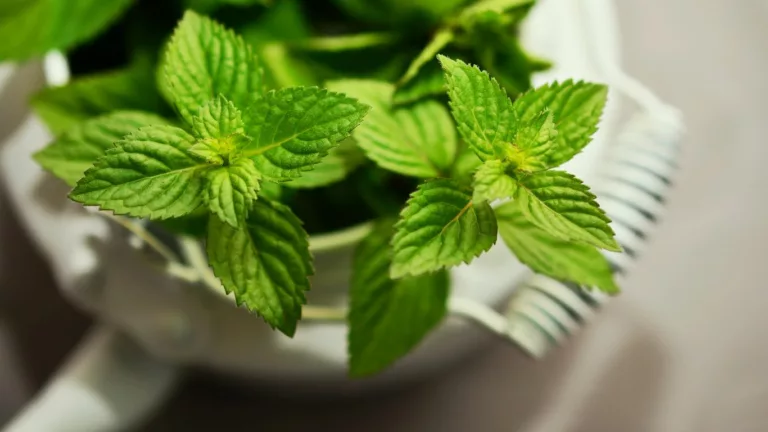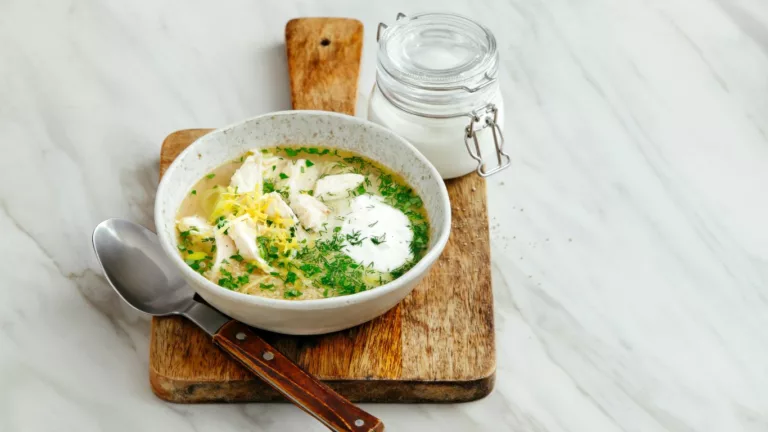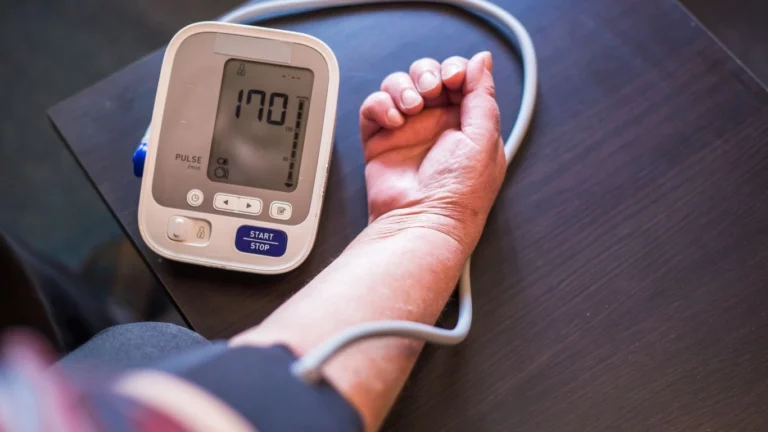Low Acid Foods for Reflux: A Comprehensive Guide
Struggling with acid reflux can be frustrating, especially when it feels like everything you eat triggers those painful symptoms. But don’t worry! There are plenty of low acid foods that can help you manage reflux and live comfortably. In this guide, we’ll dive into which foods you should consider, practical tips for managing reflux, and some real-life advice from people who’ve been through it themselves.
Acid reflux is more common than you might think. In fact, it affects millions of people every day. It happens when stomach acid flows back into your esophagus, causing that uncomfortable burning sensation we all know too well. While medication can help, a big part of managing reflux is choosing the right foods. One of the easiest ways to do this is by opting for low acid foods that are gentler on your digestive system. So, let’s talk about which foods fit the bill and why.

What is Acid Reflux and Why Do Low Acid Foods Matter?
If you’re here, you probably already know the struggle of dealing with acid reflux (also known as GERD, or gastroesophageal reflux disease). It’s when stomach acid creeps back up into the esophagus, often after eating. This can cause discomfort, chest pain, or that awful acid taste in your mouth. Foods that are high in acid can worsen these symptoms, which is why a low acid diet is often recommended to reduce the frequency and severity of reflux.
Foods that are less acidic won’t trigger your stomach to produce as much acid, which helps keep things in check. But what qualifies as “low acid”? Let’s take a look.

Low Acid Foods to Include in Your Diet
Now, the million-dollar question: What can you eat when dealing with acid reflux? The good news is that there are plenty of delicious, low acid options out there. Here’s a list of some go-to foods that are typically safe for reflux sufferers:
1. Bananas
Bananas are not only easy on the stomach, but they’re also packed with potassium, which is a great nutrient for heartburn relief. They’re naturally low in acid and can help soothe the lining of the esophagus. Just make sure they’re ripe—unripe bananas have more acid, and they might not be as friendly on your stomach.
2. Oatmeal
If you’re a fan of breakfast foods, you’re in luck. Oatmeal is another great option for those with acid reflux. It’s filling, fiber-rich, and unlikely to trigger symptoms. Plus, it helps absorb stomach acid, which can prevent that burning sensation. Just skip the sugary toppings and go for a dash of cinnamon instead!
3. Melons
Watermelon, cantaloupe, and honeydew are all excellent choices. They’re not just refreshing and hydrating, but they also have a low acidity level. Just be careful if you have any sensitivity to fructose—while melons are generally safe for most, everyone’s body is different.
4. Chicken and Turkey (Lean Meats)
When it comes to protein, lean meats like chicken and turkey are a solid choice. They’re low in fat and won’t trigger acid reflux the way fattier meats (like beef or pork) might. Just be sure to bake, grill, or broil them instead of frying them, as fatty cooking methods can exacerbate reflux.
5. Ginger
Ginger is widely known for its digestive benefits, and it can help reduce inflammation in the esophagus caused by acid reflux. You can easily add a little fresh ginger to smoothies or teas. If you’re not a fan of the spicy kick, there are plenty of ginger supplements available as well.
6. Green Vegetables
Leafy greens like spinach, kale, and Swiss chard are fantastic options. They’re not only low in acid but also rich in fiber, which is great for digestive health. These veggies help keep things moving smoothly through your system, reducing the chances of reflux. Toss them in a salad or sauté them with a bit of olive oil for a simple, reflux-friendly meal.
7. Rice and Potatoes
Carbs like white rice, brown rice, and potatoes (without the skins) are easy to digest and unlikely to trigger reflux. They’re a great base for a meal and can be paired with lean proteins or veggies for a balanced, reflux-friendly dish. Just avoid adding a lot of butter or high-fat sauces, as those can be reflux triggers.
Foods to Avoid for Acid Reflux
While it’s important to know which foods to include, it’s equally crucial to be aware of the foods that can worsen your symptoms. Here’s a list of common reflux triggers that you’ll want to avoid:
- Citrus fruits (like oranges, grapefruits, and lemons)
- Tomato-based products (think marinara sauce and ketchup)
- Spicy foods (such as chili and hot peppers)
- Fried and fatty foods (including fast food and greasy snacks)
- Chocolate
- Caffeinated beverages (coffee, tea, sodas)
- Carbonated drinks
Avoiding these can significantly reduce the frequency of your reflux episodes. But don’t worry, there are plenty of tasty alternatives out there that are gentle on your stomach!

Real-Life Tips for Managing Acid Reflux
Managing acid reflux isn’t just about what you eat—it’s about how you eat and when you eat. Here are a few practical tips that have helped many reflux sufferers:
1. Eat Smaller, More Frequent Meals
Rather than three large meals, try eating smaller meals throughout the day. This helps prevent your stomach from getting too full and producing excess acid. It also makes digestion easier and can prevent reflux from occurring.
2. Don’t Lie Down After Eating
After meals, try to avoid lying down for at least 30 minutes. This helps gravity keep stomach acid where it belongs—down in your stomach. If you must rest, prop yourself up with pillows to help keep your esophagus upright.
3. Avoid Eating Late at Night
Eating right before bed can set you up for a night of heartburn. Try to finish your meals at least 3 hours before lying down to give your body time to digest the food properly. This will help prevent acid from flowing back into your esophagus while you sleep.
FAQ: Low Acid Foods and Reflux
Here are some frequently asked questions to help clear up any confusion about managing acid reflux with low acid foods:
- Can I drink coffee if I have acid reflux? Unfortunately, coffee is high in acid and can trigger reflux. Consider switching to decaf or herbal teas instead.
- Are all fruits bad for acid reflux? Not at all! Bananas, melons, and apples are great choices. Just steer clear of citrus fruits, which are more acidic.
- Can I eat dairy if I have acid reflux? Dairy can be tricky, as some people find it aggravates their symptoms. If it doesn’t bother you, try low-fat options like yogurt or milk.
Conclusion
Acid reflux can be uncomfortable, but making smart food choices can make a big difference. By incorporating low acid foods into your diet, avoiding reflux triggers, and adopting a few lifestyle changes, you can keep symptoms at bay and improve your quality of life. Just remember, it’s not about being perfect—it’s about finding what works for you and sticking to it. Your digestive health will thank you!
| Food | Acidity Level | Suggested Use |
|---|---|---|
| Bananas | Low | Snacking, Smoothies |
| Oatmeal | Low | Breakfast |
| Chicken (Lean) | Low | Lunch, Dinner |
| Ginger | Low | Tea, Smoothies |
Disclaimer: The information in this article is for educational purposes only and is not intended as medical advice. Always consult your doctor or a nutritionist before making dietary changes, especially if you have an underlying health condition.

Camellia Wulansari is a dedicated health writer specializing in digestive disorders, contributing valuable insights and information to the health and wellness community. With a passion for promoting well-being through knowledge, Camellia serves as a reliable source of expert content on healthusias.com.






